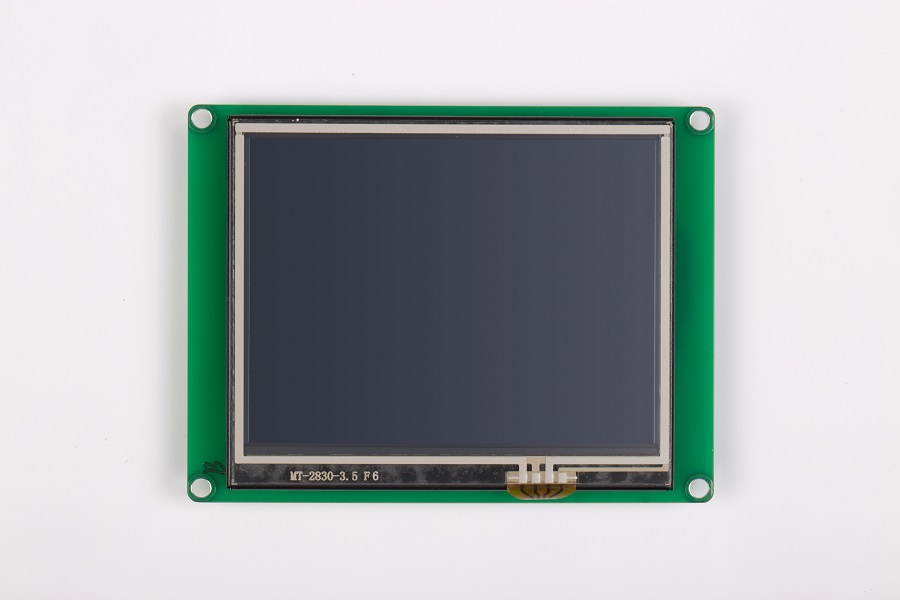A transistor is an electronic part, usually small and found in electronic devices the likes of televisions and radios. It is used to control the amount of electricity that flows in electronic devices. For this reason, all transistors are semi-conductors. The term “Thin Film Transistor,” popularly known as a TFT a type of transistor that is used in Liquid-crystal displays. TFT transistors provide excellent resolution for all various kinds of flat panel techniques. On the other hand, a Liquid Crystal Display is a flat panel technology for display. It is commonly applied in televisions, laptop, tablet and smartphone screens, and monitors of computers. STONE technologies is a proud manufacturer of both TFT and LCD solutions.
The differences between LCT and TFT
Before the invention of LCD solutions, the most
commonly used display solution was the CRT. The downside to CRT displays is the
fact that they were enormous and bulky. For this reason, LCDs were established
as a smaller, lighter, and thinner yet energy-efficient alternative for CRTs.
However, the original LCD models suffered
some functional errors that made them less superior than the previous CRT
displays. In attempts to resolve these issues, developers introduced Thin Film
Transistors. This means that the difference between LDC and TFT is the fact
that LCD is a mode of display that utilizes the elements of transistors, while
TFT is a method used in the creation of an LCD.
How do LCDs work?
LCD
flat panel displays use liquid crystals that modulate
properties of light as well as polarizers. This, in turn, results in light
emissions. It is, however, essential to take note that the liquid crystals do
not produce the light. The light is emitted by a backlight or a reflector and
is then used in the production of images in color. The color is also referred
to as a monochrome. Traditionally, LCDs worked by producing silicon transistors
in the form of wafers.
However, the introduction of TFT replaced
this element. TFT also helped to improve the crosstalk (when the signal of
adjacent pixels affects the pixel operations) between the individual pixels
hence enhancing the quality of the images produced.
The introduction of TFT also helped
increase the number of applications of LCDs. Another improvement brought by the
introduction of TFT is the fact that the response time of LCDs was significantly
reduced, and the reproduction of fast motion was also greatly improved. TFT
also requires a lesser amount of charge in the activation process of quick
screen redraws and is currently used in the creation of all forms of LCD
solutions.
Bottom Line
TFT
LCD display solutions are very popular in the
market. Several brands create and sell a variety of products with TFT LCD
display, including phones. The technology is also becoming more popular in
terms of its application, with most smartphones currently using TFT LCD display
solutions. The growth can be attributed to the quality of the image produced by
TFT LCDs. These solutions can be split into different categories depending on their
applications and size.


